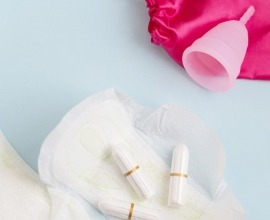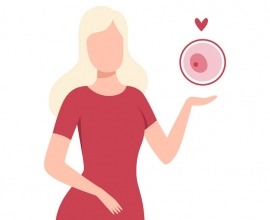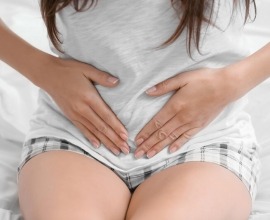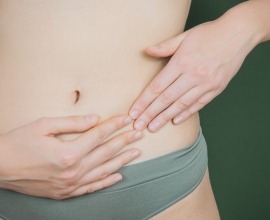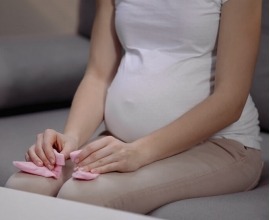Tampons vs. the Cup in Baby-Making
Pads, tampons and the menstrual cup are amidst a plunderous revolution within the feminine hygiene industry worldwide and the menstrual cup is winning alongside washable period underwear, not just for comfort but baby-making reasons, too.
Reasons why your health and fertility might improve with the cup
As accustomed as we are to using pads and tampons interchangeably as we are to offering a visitor tea or coffee, there are significant differences in the methods of handling menstrual fluids and tissue. Tampons absorb and block fluids from releasing, while pads and the cup collect liquids externally. While the cup lies inside the vagina, the liquids are encapsulated by the cup and held separately.
A key difference that pulls tampons out of the competition is that tampons can only absorb menstrual liquid and therefore leave tissue to back up into the uterus. Some other reasons why tampons generally fall behind in appeal include:
-
they inhibit natural air circulation that would otherwise occur normally
-
they not only absorb menstrual discharge but other vaginal secretions, which dries out the vaginal wall
-
non-organic cotton may expose you to pesticides
-
chlorine bleached cotton may expose you to an accidental byproduct of bleaching called dioxin, which is a known endocrine disrupter
Tampons are a potential source of chemical exposure in general, since most tampons consist of blended cotton grown from soils that contain both metals and toxins because of pesticide, sewage sludge, irrigation and fertilizer applications.[1] With specific regard to dioxins, dioxins are considered accidental byproducts and pollutants that originate from incomplete burning or when substances containing carbon, oxygen, hydrogen and chlorine are heated, but these accumulate within our food chain in both plants and animals unfortunately.[2]
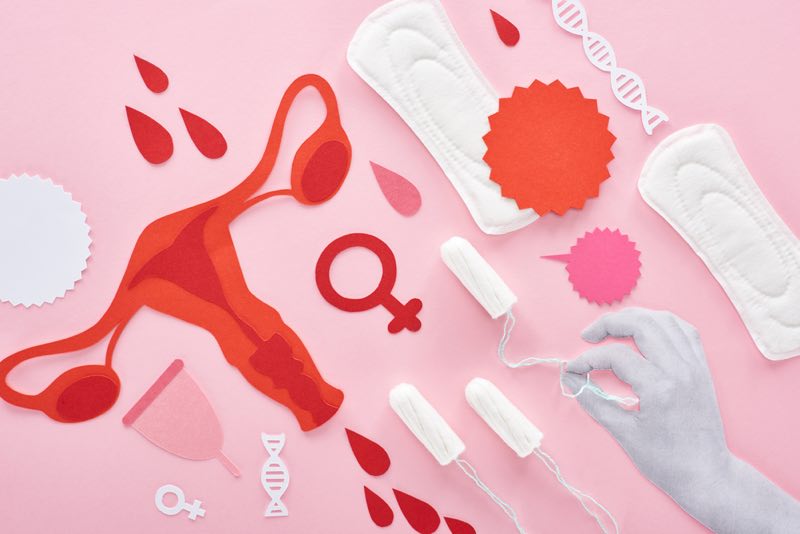
History of the cup and its diverse applications
The menstrual cup’s invention actually coincides with the invention of the modern tampon, all the way back to the 1930s when menstrual belts were still widely used. Due to the cup’s history of poor commercial success, however, their application in this last decade has been discussed primarily as a product to alleviate period poverty in developing countries whose women cannot afford pads and tampons on a regular basis. The cup’s commercial success failed to ignite in the 30s as well as in the 60s, but increasing environmental awareness among younger women has created a booming market for this product in recent years. Yet environmentalism doesn’t have to be your only reason for considering the switch.
When trying to conceive, you can use a cup to collect your partner’s sperm prior to insertion in order to increase your odds of pregnancy. Healthy sperm live up to three days, so keeping sperm at a close proximity to the cervix gives them more than one shot at success.[3]
Pun intended.
At our clinic, we focus on happy baby-making and give you expert advice with less financial stress. We are located in central Europe and therefore take steps to ensure that our foreign visitors ease into a traveler’s experience meanwhile undergoing fertility treatment.
Sources:
[1] Singh, Jessica, et al. “Tampon Use, Environmental Chemicals and Oxidative Stress in the BioCycle Study.” Environmental Health, vol. 18, 11 Feb. 2019, doi:10.1186/s12940-019-0452-z.
[2] “Chapter 6: Exposure Routes, Pathways and Human Health Implications.” Dioxin Environmental Fate and Health/Ecological Consequences, by Sudarshan Kurwadkar et al., CRC Press/Taylor & Francis Group, 2020, pp. 83–91.
[3] Brown, Maressa. “Women Are Using Menstrual Cups to Get Pregnant Faster and It Might Work.” Parents, Meredith Corporation, 21 Sept. 2018, www.parents.com/getting-pregnant/trying-to-conceive/using-menstrual-cups...

